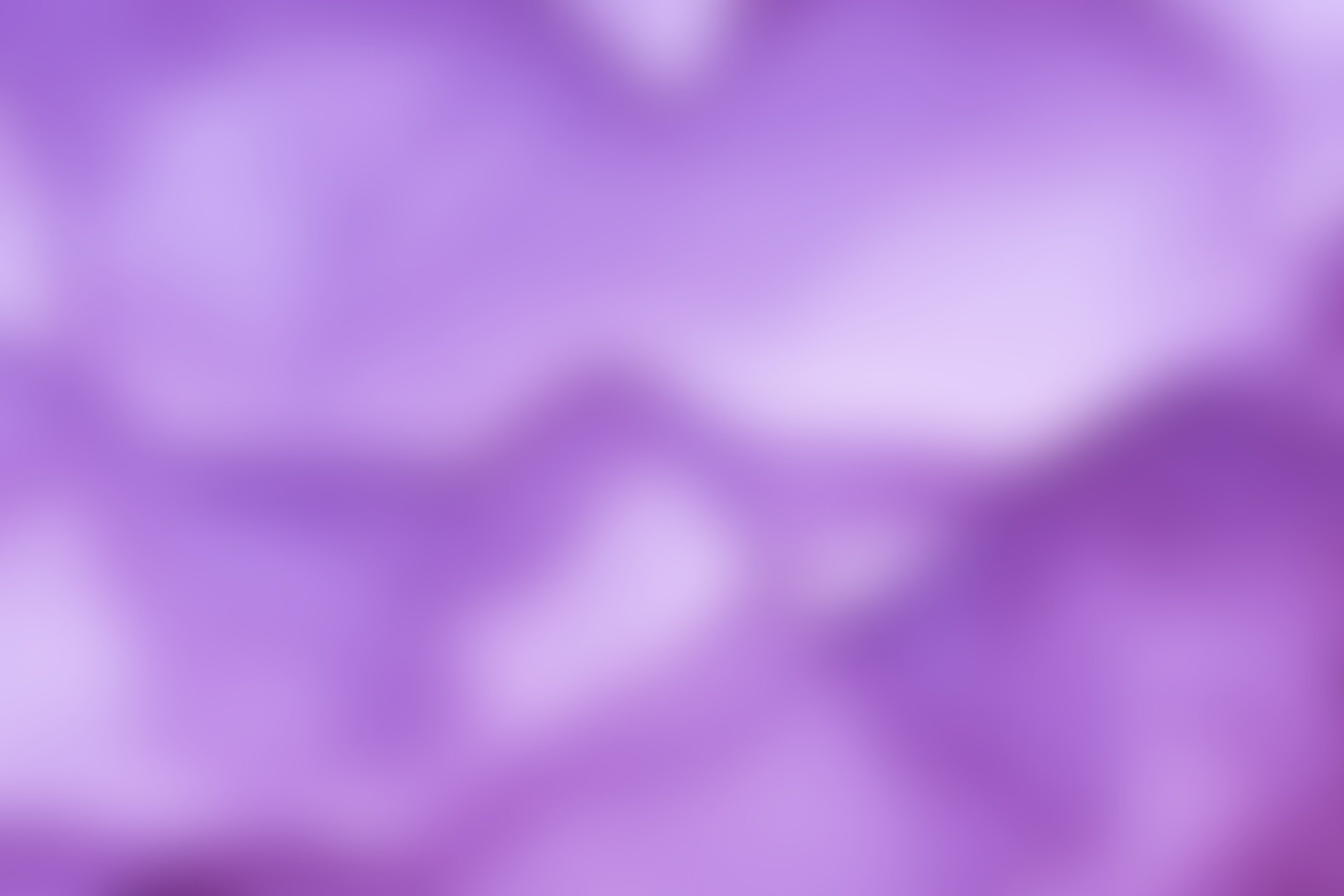
The Origins of Reiki Healing
The Origins of Reiki Healing
Reiki is a Japanese energy healing practice that dates back to the early 20th century. It was developed by Mikao Usui, a Japanese Buddhist and spiritual teacher, after a profound experience during a meditation retreat on Mount Kurama in 1922. During his time in deep meditation and fasting, Usui had a spiritual awakening in which he received sacred symbols and knowledge of energy healing, which he later named Reiki—a word meaning "universal life force energy" (霊気).
Usui began using this healing method to help others and developed a system for passing on Reiki to students. He founded the Usui Reiki Ryoho healing method and trained practitioners in this natural energy healing technique. Over time, Reiki spread beyond Japan, evolving into different branches and gaining global recognition as a powerful tool for physical, emotional, and spiritual healing.
Today, Reiki is practiced worldwide and is known for its gentle, non-invasive approach to promoting balance, relaxation, and well-being. It is based on the principle that universal life force energy flows through all living things and that a Reiki practitioner can channel this energy to support healing on multiple levels.


